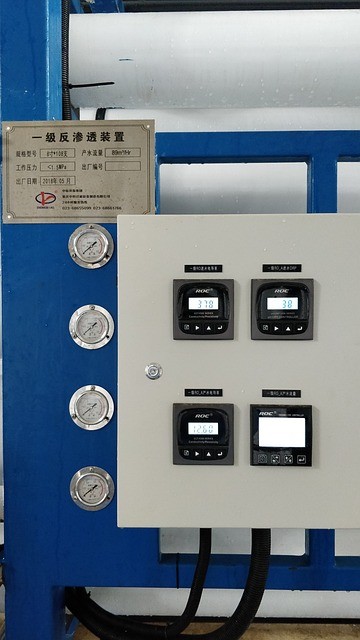Purifying tap water at home is an important step to ensure the water you consume is clean and safe. Here are some effective techniques for purifying tap water:
1. Boiling
Boiling water is a simple and effective method to kill most microorganisms and pathogens present in tap water. Bring the water to a rolling boil for at least one minute, and then let it cool before consuming. Boiling does not remove chemical contaminants or heavy metals, so it is best suited for purifying water with microbial concerns.
2. Filtration
Water filtration systems are widely available and can effectively remove impurities from tap water. There are various types of filters, including activated carbon filters, reverse osmosis filters, and ceramic filters. These filters can remove sediment, chlorine, bacteria, viruses, and some chemicals, providing cleaner and safer drinking water.
3. Distillation
Distillation involves boiling water and collecting the vapor as it condenses, leaving behind contaminants. The process removes minerals, heavy metals, bacteria, and other impurities. Distillation can be done with a home distillation unit or by creating a DIY setup using a pot, heat-resistant container, and a condenser.
4. UV Disinfection
UV (Ultraviolet) disinfection systems use UV light to kill bacteria, viruses, and other pathogens present in water. These systems are effective in neutralizing microorganisms but do not remove chemical contaminants or sediment. UV disinfection is often used in conjunction with other filtration methods for comprehensive water purification.
5. Chemical Disinfection
Chemical disinfection involves using chemicals like chlorine, iodine, or chlorine dioxide to kill bacteria, viruses, and parasites in water. These chemicals are available in tablet, liquid, or powder form and can be added to water according to the manufacturer’s instructions. Chemical disinfection is a portable and convenient method for purifying water during outdoor activities or emergencies.
6. Activated Carbon Absorption
Activated carbon filters can effectively remove chlorine, volatile organic compounds (VOCs), some heavy metals, and improve the taste and odor of tap water. These filters work by adsorbing contaminants onto the surface of the carbon. However, they may not remove all types of microorganisms, so it’s important to combine activated carbon filters with other methods for comprehensive purification.
7. Reverse Osmosis
Reverse osmosis (RO) systems use a semipermeable membrane to remove impurities from water. They are highly effective in removing a wide range of contaminants, including heavy metals, fluoride, nitrates, and bacteria. RO systems typically include pre-filters and post-filters to enhance the purification process and improve taste.

It’s important to note that the choice of purification technique may depend on the specific water quality issues in your area. Additionally, regular maintenance and replacement of filter cartridges or membranes are crucial to ensure the continued effectiveness of any water purification system.
Before implementing any water purification method, it’s recommended to test your tap water or consult with local water authorities to understand the specific contaminants present and choose the most suitable purification technique for your needs.










